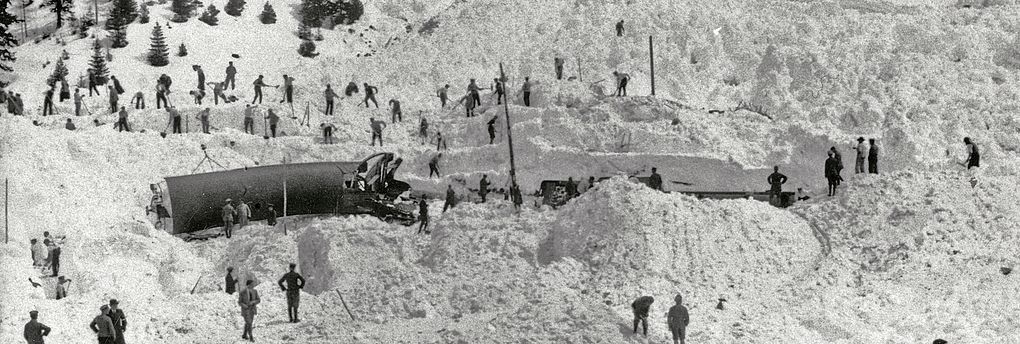
Analysing avalanche events
We record and analyse avalanche disasters in order to draw lessons from such extreme events and deal with them more effectively in future.
In the aftermath of major avalanche disasters, such as those that occurred in the extreme winter of 1999, we analyse how they came about and examine the symptoms in detail. This work is often undertaken on behalf of public authorities. The purpose is not only to improve our understanding of the natural processes involved, but also to classify occurrences in comparison with past events. It is also crucial to scrutinise whether and how well the extreme event was forecast, how risk management measures were adopted, and how the disaster was dealt with and mastered. The ultimate aim is to draw lessons from the analysis so that the necessary changes to mitigate the consequences of such events, and to deal with them more effectively, can be made.
The gravest winters in Swiss history
Researchers at the SLF produced records of the events that occurred in both the winter of 1887/88, when major avalanches were triggered, and in particular the 100-year extreme winter of 1950/51. In each case, their reports proved very useful when assessing the extreme winter of 1999, and once again demonstrated the importance of extensive analyses of major natural disasters.
As long ago as 1951, questions were being asked about the efficacy of measures adopted in the period since 1880. The response included the renewal of numerous defences in avalanche starting zones in order to protect settlements.
The avalanche events of 1999 prompted a fresh analysis of the effectiveness of avalanche protection measures, and of the research and development needs in future decades (see also Lawinenwinter 1999 (in German and French).
Winter reports and accident analyses – long-established practices at the SLF
The SLF has been publishing annual winter reports since 1936. These provide a comprehensive account of the weather and snowpack conditions as they evolved, as well as of avalanche activity, property damage and avalanche accidents that occurred during the most recent winter season. These detailed descriptions enable the target audience to draw conclusions from the accidents.